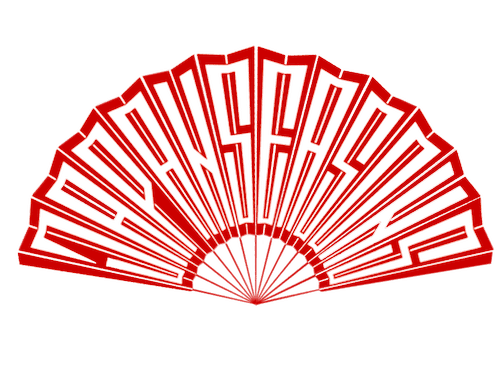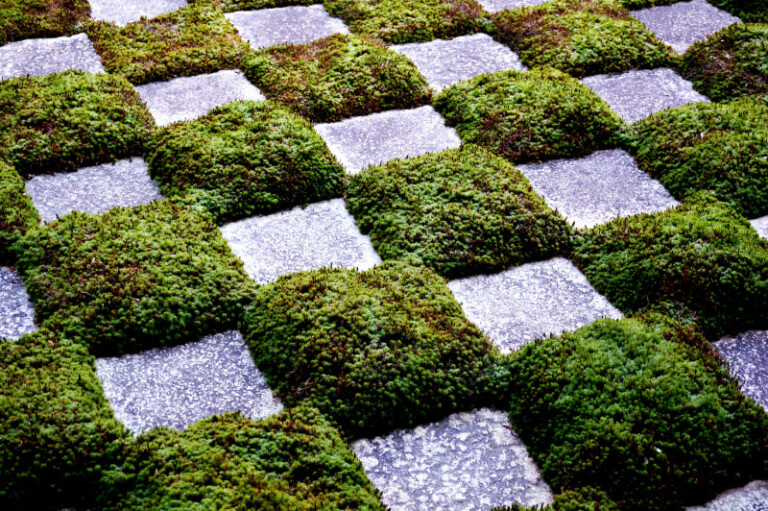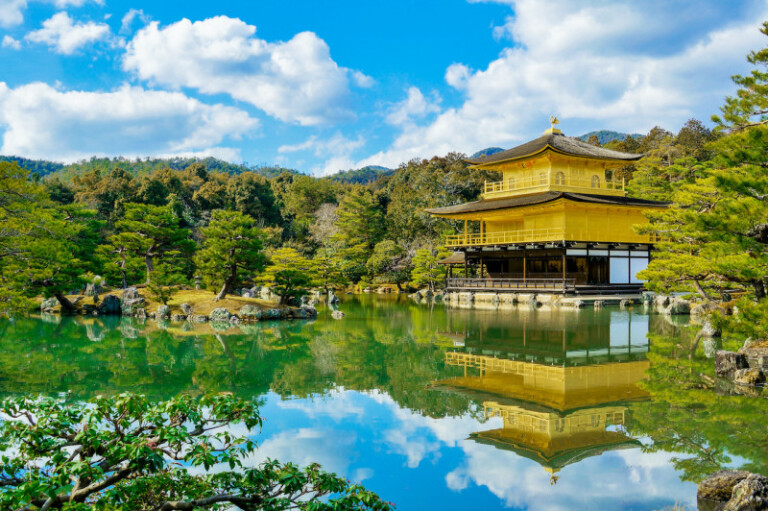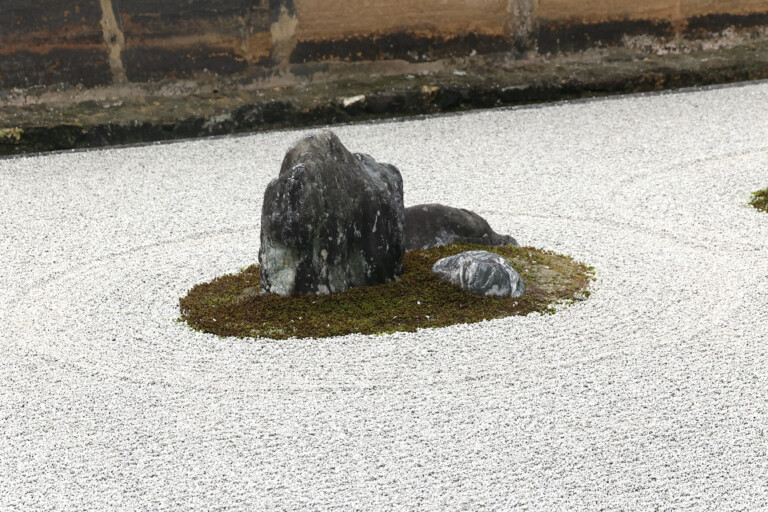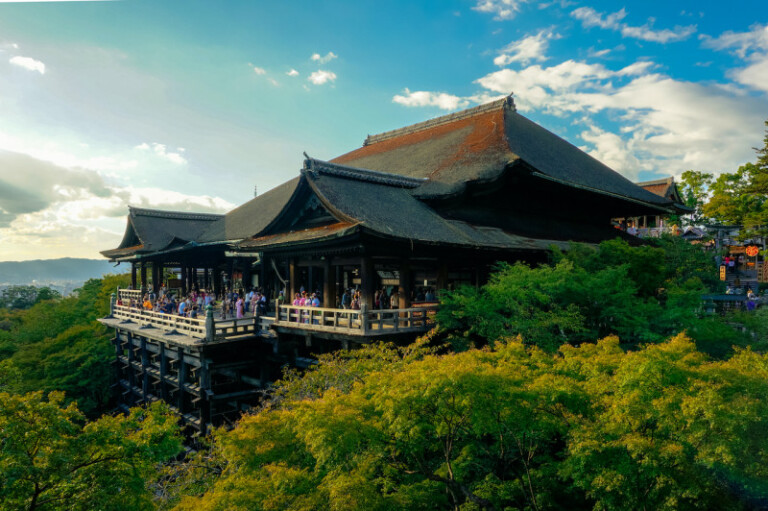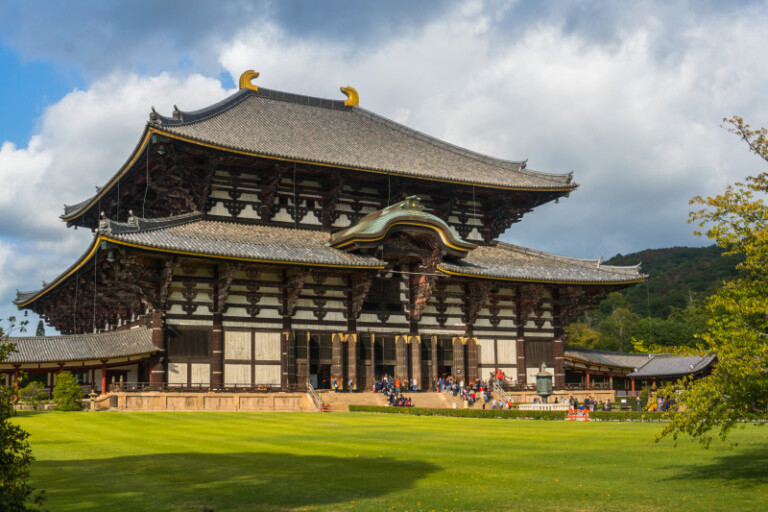Welcome to Tokyo, a city that seamlessly blends tradition and innovation! Let’s embark on an enchanting excursion to explore its diverse neighborhoods and iconic landmarks.
Our journey begins in the Asakusa area, where you’ll find the magnificent Sensoji Temple, Tokyo’s oldest Buddhist temple. Experience the charm of Nakamise Street, lined with traditional shops and delectable treats, as you approach the temple’s grand entrance.
Afterward, we will take a stroll through one of the Japanese Gardens and explore the intricacies of Japanese landscape design.
Then, we’ll experience the excitement of Shibuya, with its famous bustling crossroad. Watch as thousands of people cross the intersection in perfect harmony, creating a mesmerizing urban spectacle. For breathtaking views of Tokyo’s skyline, we’ll ascend to the observation deck Shibuya Sky. Marvel at the city’s vast expanse, from towering skyscrapers to iconic landmarks, all visible from this vantage point.
Finally, we’ll conclude our excursion in the prestigious Ginza area, known for its high-end shopping, elegant boutiques, and sophisticated ambiance. Take in the glitzy lights and indulge in some retail therapy before ending our adventure.
From ancient temples to futuristic streets, Tokyo’s diversity promises an unforgettable adventure. Enjoy your excursion and immerse yourself in the unique blend of past and present in this extraordinary city!
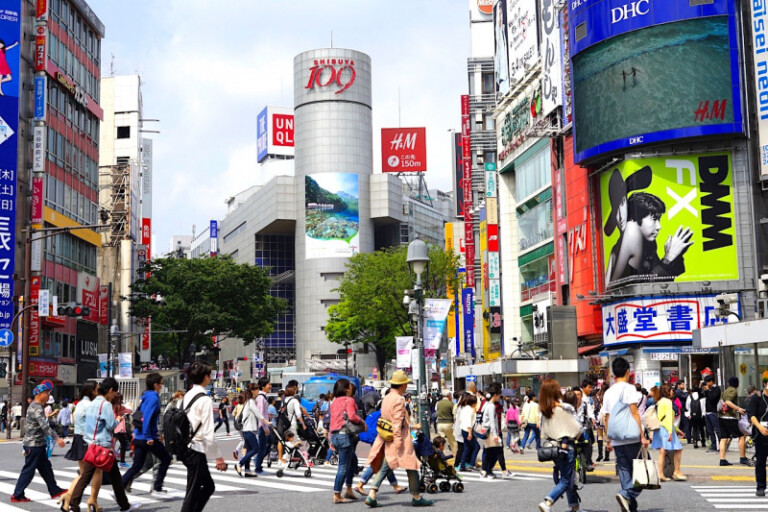
Shibuya Area
Shibuya scramble crossing is one of the busiest crossings in Tokyo. The green light comes on from four directions at once, and several hundred people (during peak hours, the number can reach 1,000) rush simultaneously in all directions, managing to dodge each other with ease built up over the years.
For its picturesque yet orderly crowds, the crossing is beloved by filmmakers, and people worldwide are familiar with it from TV series, movies, and commercial videos. The best spot to watch the hypnotic flow of people is the Starbucks coffee shop on the 2nd floor of the building on the north side of the crossing.
There is also a statue of the faithful dog Hachiko near Shibuya Station, where he used to meet his master, a professor at Tokyo University, every day. After the professor’s sudden death, the dog came to the station every day for nine years, waiting for his master to return. Hachiko became the symbol of loyalty.
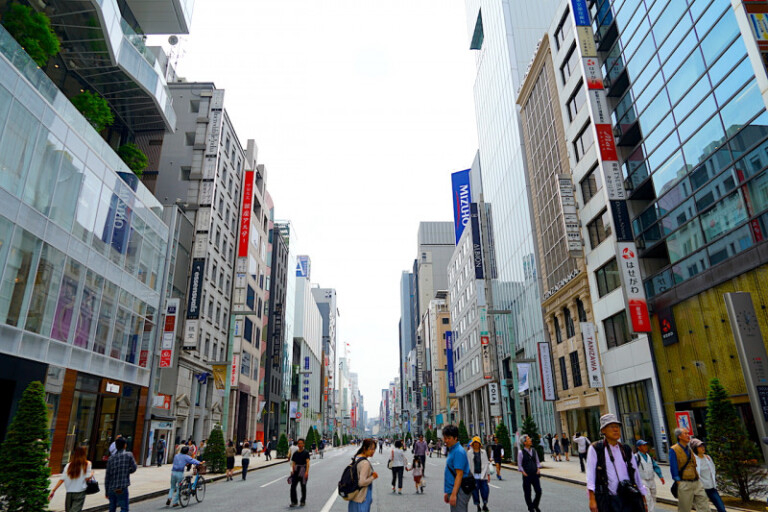
Ginza District
Ginza is Tokyo’s most luxurious shopping district, home to prestigious department stores, world-famous designer boutiques, coffee shops, and traditional Japanese restaurants. People come here to learn about the latest high fashion trends and enjoy the creations of the best architects worldwide.
At the same time, Ginza is an art lover’s paradise. There are about 200 art galleries and Kabukiza Theater, which still regularly hosts Kabuki theater performances.
